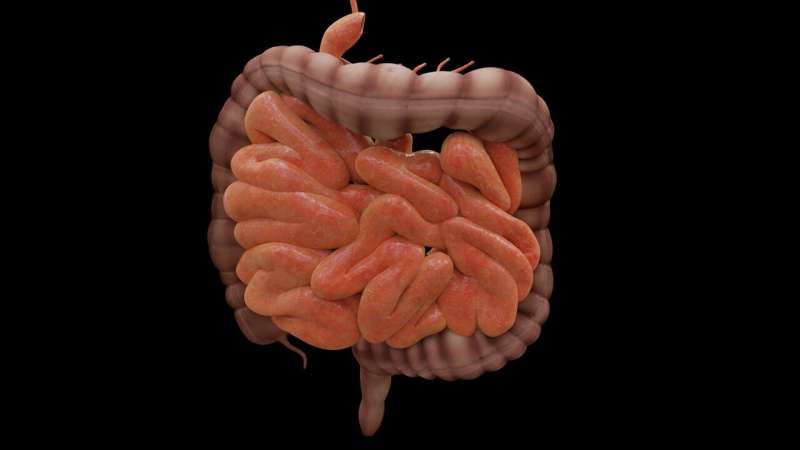How Autism-Linked Genetic Mutation Contributes to PTSD-Like Fear Responses

New research uncovers how a genetic mutation associated with autism disrupts brain circuits responsible for fear extinction, leading to PTSD-like responses. The findings pave the way for targeted therapies addressing trauma in autism spectrum disorder.
Recent research has shed light on the neural mechanisms linking autism spectrum disorder (ASD) to increased vulnerability to trauma and persistent fear responses, resembling post-traumatic stress disorder (PTSD). While ASD is characterized mainly by challenges in social communication and repetitive behaviors, many individuals with ASD also experience significant anxiety and heightened fear, which can make traumatic events even more impactful.
A groundbreaking study led by Professor Kim Eunjoon at the Institute for Basic Science (IBS) has uncovered how a mutation in the Grin2b gene—an important gene related to ASD—disrupts brain circuits responsible for fear extinction. The Grin2b gene encodes the GluN2B subunit of NMDA receptors, which are crucial for synaptic plasticity and neural communication.
Using mice engineered to carry this human ASD-associated mutation, the researchers found that these animals learned fear memories normally following traumatic experiences but struggled to unlearn or extinguish these fears over time. As a result, they exhibited exaggerated, long-lasting fear responses similar to PTSD symptoms. Brain imaging and electrophysiological analyses revealed that in these mutant mice, the basal amygdala (BA)—a critical brain region involved in fear regulation—became abnormally silent after trauma exposure.
"These animals could learn fear just fine, but they couldn't unlearn it," explained Kim. "The amygdala effectively shut down when it was supposed to help erase the fear, leaving the traumatic memory locked in place."
Further experiments demonstrated that this silencing was linked to suppressed synaptic activity and reduced excitability of excitatory neurons within the BA. When the team used chemogenetics to artificially reactivate these neurons during fear extinction sessions, normal fear responses were restored, and the animals could effectively extinguish the traumatic memories. This points to a direct connection between amygdala dysfunction and PTSD-like behaviors in the context of ASD.
The study highlights that the mutation in Grin2b not only affects normal fear learning but also impairs the brain’s ability to adaptively diminish fear after trauma. By establishing that a molecular and circuit-level disruption underlies these symptoms, the findings provide potential avenues for targeted therapies—such as receptor-specific drugs or neural modulation—to help individuals with ASD who are vulnerable to trauma.
Kim emphasizes that this research bridges a important gap: "We are moving from anecdotal observations of trauma susceptibility in autism to a mechanistic understanding that can inform future treatments. It’s exciting to see that reactivating the silenced amygdala can reverse PTSD-like symptoms in this model."
Looking ahead, the team plans to explore gene expression changes in the basal amygdala following trauma and test additional receptor-based compounds that could promote fear extinction in ASD. This research opens new possibilities for addressing trauma-related difficulties in autism and may pave the way for more effective interventions.
Source: https://medicalxpress.com/news/2025-09-reveal-autism-linked-mutation-triggers.html
Stay Updated with Mia's Feed
Get the latest health & wellness insights delivered straight to your inbox.
Related Articles
Astatine-211: Pioneering Nuclear Solutions in Cancer Treatment
Researchers at Texas A&M University have developed innovative methods to produce and ship Astatine-211, a promising isotope for targeted alpha cancer therapy, overcoming significant technical challenges and opening new possibilities for precise radiation treatment.
Fecal Microbiota Transplants: Potential Benefits and Unforeseen Risks
Fecal microbiota transplants show promise for gut health but pose risks due to regional microbiome mismatches. New research highlights the need for targeted microbial therapies to ensure safety and efficacy.
Targeting the Cerebellum to Alleviate Alcohol Withdrawal Symptoms: New Research Findings
New research from Washington State University suggests that targeting the cerebellum, a brain region traditionally associated with movement, could significantly reduce symptoms of alcohol withdrawal, paving the way for targeted therapies for alcohol use disorder.
Innovative Insights into Brain Navigation: How Theta Waves and Place Cells Integrate External and Internal Cues
New research reveals how theta oscillations and place cells in the hippocampus integrate external landmarks and self-motion cues to facilitate spatial navigation and memory formation. Read how these findings deepen our understanding of neural processes and potential implications for Alzheimer's disease.



